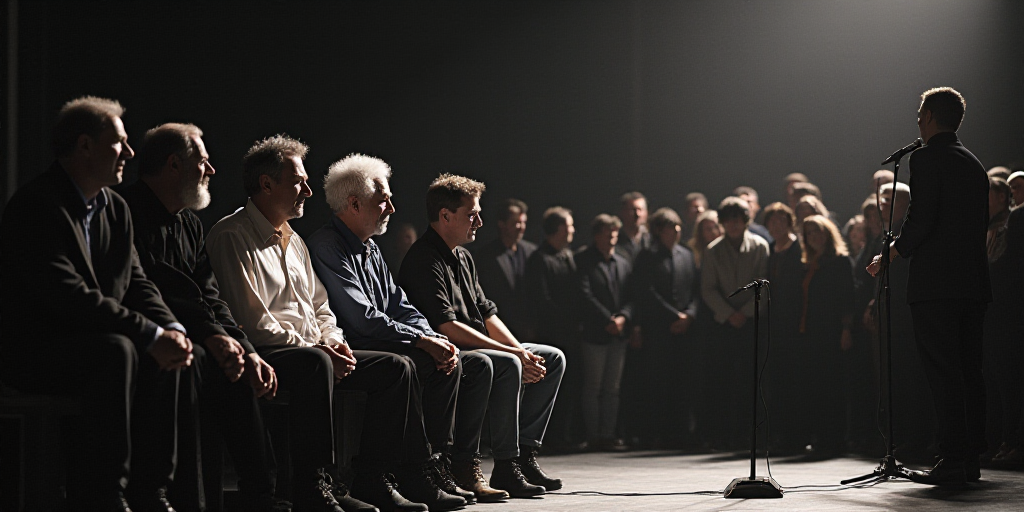Background and Relevance
On the 80th anniversary of the liberation of the Ravensbrück concentration camp, survivors, relatives of former prisoners, and high-ranking officials gathered in northern Germany to honor the victims of this Nazi regime’s notorious women’s camp. The Ravensbrück concentration camp, established in 1938 near Fürstenberg/Havel, served as a model for other Nazi camps and was primarily used to imprison women from across Europe. Approximately 100,000 women, including political prisoners, Jews, Romani people, and others deemed “asocial,” were incarcerated here.
Among the survivors is Ruth Kluger, an Austrian Jew who spent four years in Ravensbrück before being liberated. Her memoir, “Still Alice,” offers a poignant firsthand account of life in the camp. Her presence at the commemoration serves as a reminder of the importance of preserving these stories for future generations.
Commemoration Events
The ceremony included speeches from high-ranking officials, such as Michael Brandner, the governor of Mecklenburg-Vorpommern, and Peter Christian Lady, the German Ambassador to Poland. They emphasized the significance of remembering the atrocities committed during the Holocaust and the importance of fostering tolerance and understanding to prevent such horrors from recurring.
Key Actions and Ideas
- Speeches: Officials highlighted the need to remember and learn from history, stressing that promoting tolerance and understanding is crucial in today’s society.
- Testimonies: Survivors, like Ruth Kluger, shared their experiences to ensure that the memories of those who perished in Ravensbrück are never forgotten.
- Symbolic acts: Participants released white doves to symbolize peace and remembrance, while wreaths were laid at a memorial site to honor the victims.
Key Questions and Answers
- Q: Who attended the commemoration? A: Survivors of Ravensbrück, relatives of former prisoners, and high-ranking officials from Germany and Poland were present.
- Q: Why is the Ravensbrück concentration camp significant? A: Established in 1938, Ravensbrück was a women’s concentration camp that housed around 100,000 women from various European countries. It served as a model for other Nazi camps and was notorious for its brutal conditions.
- Q: What was the purpose of the commemoration events? A: The events aimed to honor the victims, emphasize the importance of remembering history, and promote tolerance and understanding in today’s society.






